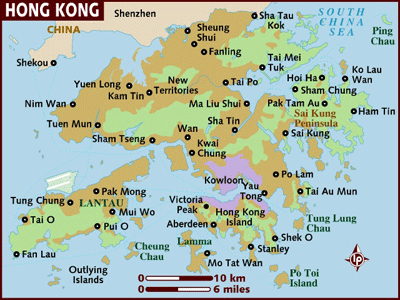Hong Kong and New Zealand partner up to boost wine trade
 Hong Kong - Hong Kong and New Zealand signed an agreement Wednesday to cooperate on wine-related business in a bid to bolster the former British colony's bid to be Asia's wine trading hub.
Hong Kong - Hong Kong and New Zealand signed an agreement Wednesday to cooperate on wine-related business in a bid to bolster the former British colony's bid to be Asia's wine trading hub.
The agreement, which follows similar arrangements with France, Bordeaux of France, Spain, Australia, Italy and Hungary, will see the two sides working together to promote wine trading, investment and tourism.
They will also cooperate in the fight against counterfeit wines.
Hong Kong became the first free wine port among major economies last year when the financial secretary abolished all wine duties.
Since then wine imports have soared, increasing to a value of 3.2 billion (400 million US dollars) in the year ending March 2009, or 80 per cent higher than the previous year.
A total of 10 wine auctions have been held so far this year.
The latest agreement was signed by Hong Kong's Commerce and Economic Development Secretary Rita Lau and New Zealand Trade Minister Tim Groser who is visiting Hong Kong.
Lau said New Zealand was Hong Kong's 10th-largest source of wine imports and the cooperation arrangement would benefit the economies of both Hong Kong and New Zealand.
"The arrangement will fortify Hong Kong's development as a regional hub for wine trading and distribution and at the same time, enhance our role as an efficient and reliable avenue for New Zealand to grow its wine exports to the mainland (China) and throughout East Asia," Lau said.
The signing of the agreement comes two days before the city hosts its first Wine and Dine Festival (October 30) and its second International Wine and Spirits Fair next week.
Wine consumption in Asia is expected to boom in the coming decade. Hong Kong and China currently together account for more than 60 per cent of the Asian wine market, and are relatively sophisticated compared to other developing markets in the region.
French wine accounts for around 43 per cent of sales in Hong Kong, followed by Australian wines at around 18 per cent, Californian wines at 10 per cent, Chilean wines at 7 per cent and Chinese and Italian wines at around 3 per cent each. (dpa)